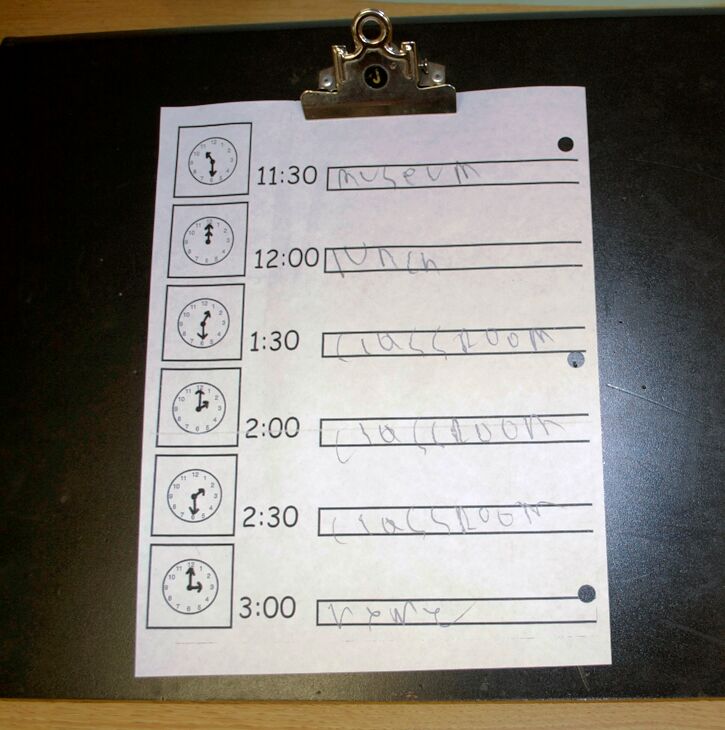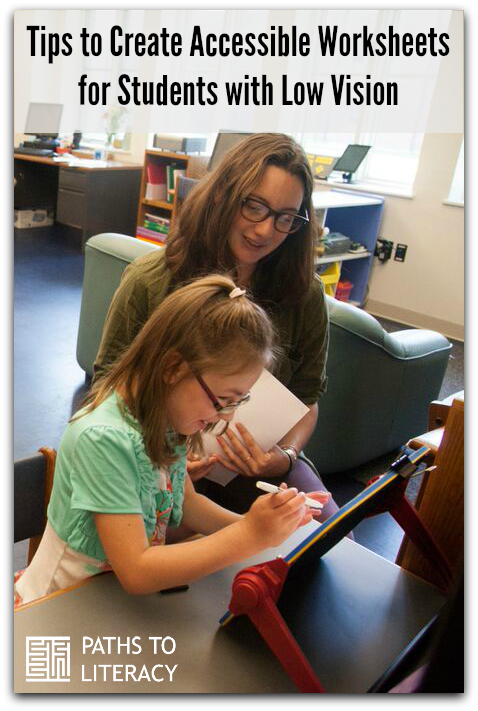Enlarging Isn't Always Best
Submitted by Braille77 on Oct 06, 2015

The day has finally arrived and you have a student in your class who has low vision. It is common to go on and enlarge a printed worksheet and present it to the student. Not so fast! What should you do? Here are some "Do's" and "Don'ts" to consider.
Materials:
No materials excepts pre-planning and common sense are needed.
Procedure:
List of "Don'ts"
-
Don't assume larger is better. Copying print can create enlarged documents that are fuzzy and hard to read.
-
Don't assume doubling the size of the print will work.
List of "Do's"
-
Do consider obtaining information from the TVI.
-
Do consider asking for a Functional Vision Assessment.
-
After 1 and 2 are accomplished, do consider re-formatting the worksheet to fit the visual needs.
How to re-format a document (based on knowledge of font size)
-
After you have determined font size, say 24 pt., create a document that is 24 pt and with a good font like Arial to create high contrast.
-
Format a document that contains the same information as the original document, but is not cluttered with differing contrasts or too many pictures.
-
If this is your first stab at re-formating, present the finished worksheet to your student and have them critique it for you. In this way, you will give the student advocacy skills and you will become a teacher who can meet visual needs.

Variations:
Each grade level can benefit from this re-formating; however, with students who are younger, removing most of the clutter from the worksheet and creating high contrast documents will ensure betteeer success in accessibility.

